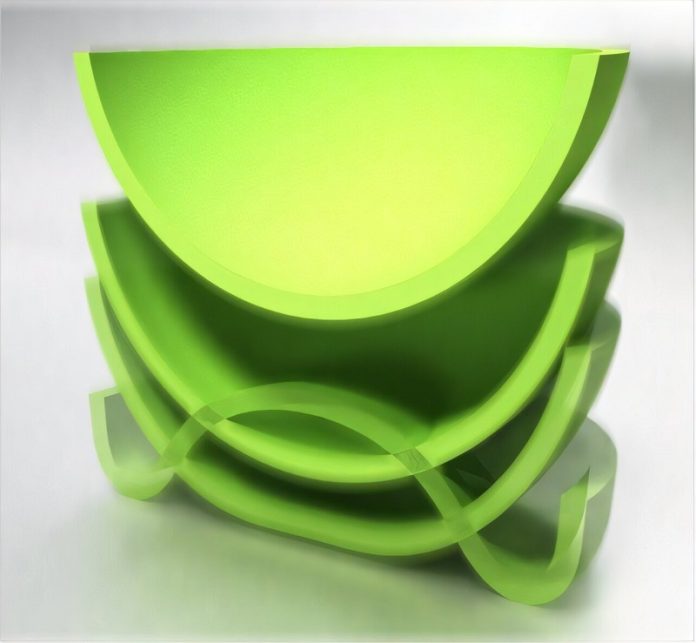
A classic children’s toy—the popping dome that flips inside out and launches into the air—has sparked a big leap forward in the world of soft robotics.
Scientists from Keio University and The University of Osaka have studied how these popper toys work and used that knowledge to design better jumping robots made from soft, flexible materials.
Soft robots are useful because they can gently handle delicate tasks and move through tight spaces.
However, getting them to jump or move quickly in a controlled and predictable way has been a major challenge.
Unlike stiff machines, soft robots bend, squish, and move in complex ways, which makes their behavior hard to predict.
To solve this, the researchers focused on thin rubber shells shaped like half-spheres—just like those popper toys. They made their own silicone shells and used air pressure to flip them inside out and make them jump.
With cameras and sensors, they captured every tiny movement the shells made as they deformed and popped back to their original shape.
They didn’t stop there. Using advanced computer simulations known as the Material Point Method, they recreated the shell’s motion digitally. This helped them see exactly how the shape and surface of the shell changed during a jump.
One of their key discoveries was how the contact area between the shell and the ground changes during the jump. When the shell pops back, the contact area shifts from a thin ring to a full circular surface. This change plays a crucial role in how energy is transferred to push the shell into the air.
Using this understanding, the team developed a formula to predict how high the shell will jump. It divides the motion into two phases: the first lift-off and the final snap. Their formula matched perfectly with both their real-life tests and their computer simulations.
This is a big step forward for soft robotics. Until now, engineers had to rely on a lot of trial and error to get soft robots to jump properly. Now, with this formula, they can design jumping robots that are more accurate and efficient—saving both time and resources.
Lead researcher Tomohiko Sano says the key was to deeply study just one small part of the robot. Understanding this piece helps improve the whole system. Professor Ryuichi Tarumi adds that this basic knowledge opens the door to creating robots tailored for different tasks, such as exploring rough terrain or searching for people in dangerous environments.
This discovery also teaches scientists more about how elastic materials move, which could help in other areas like designing sports gear, medical devices, or even spacecraft. From a simple toy, a smarter generation of soft robots may soon take off.



